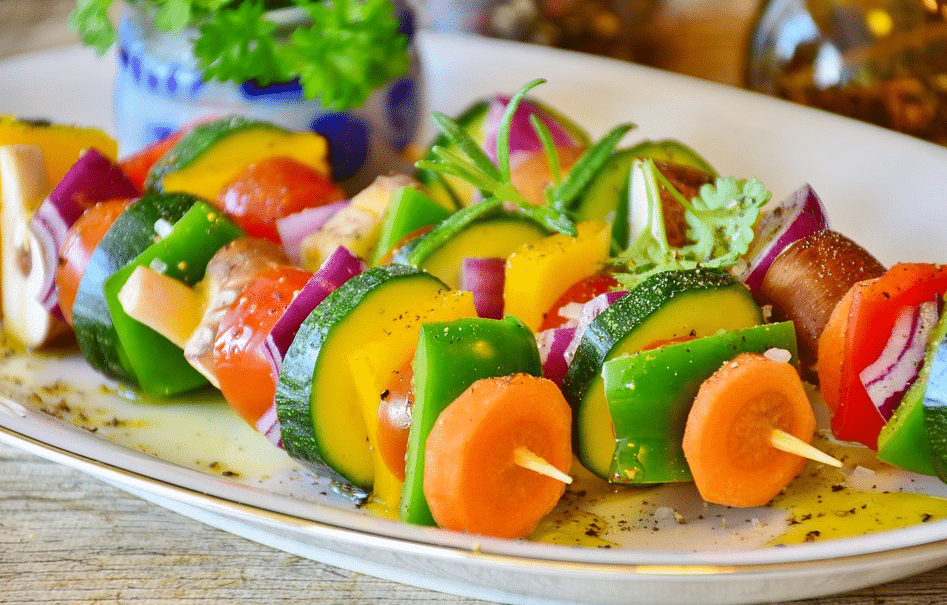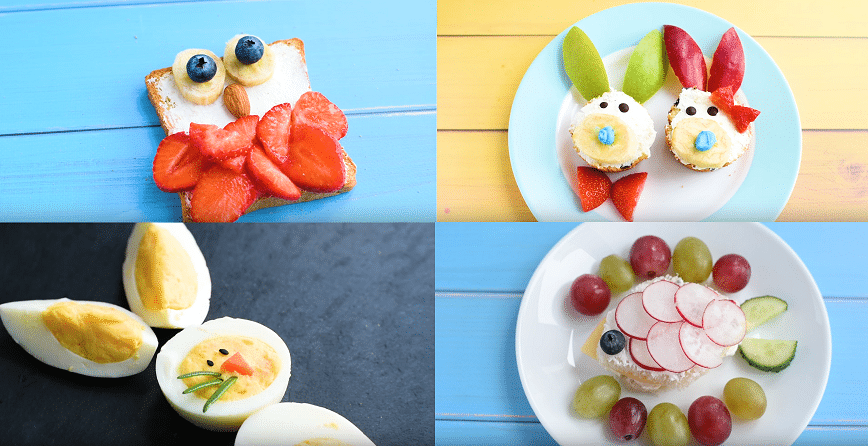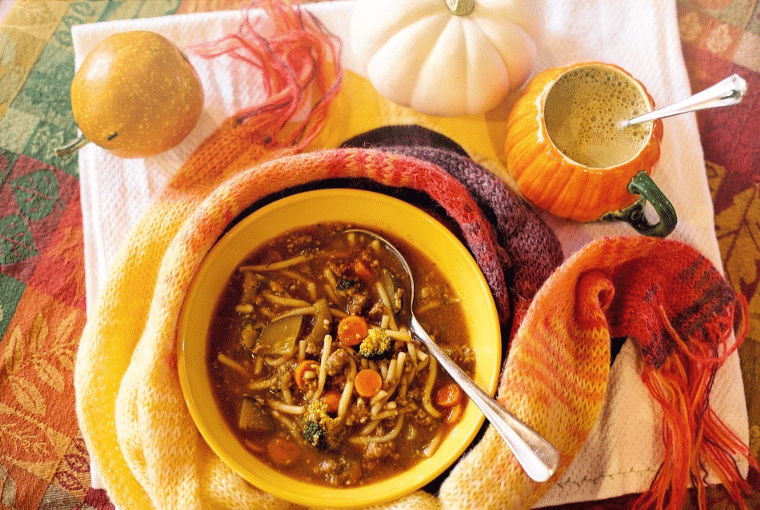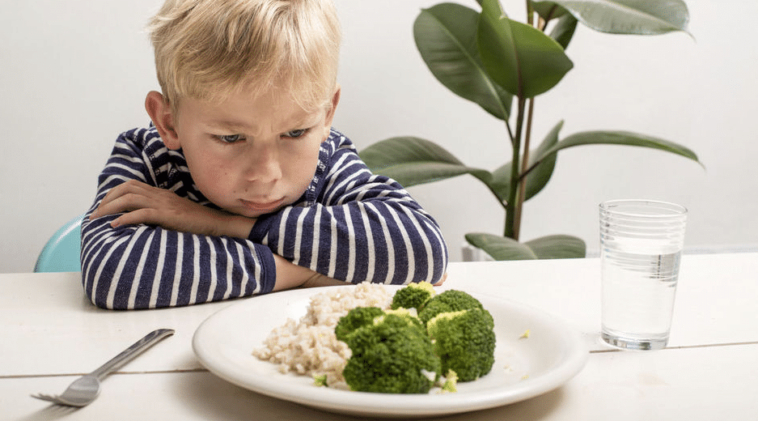Life as a parent is not always easy with children who refuse to brush their teeth or who are allergic to the idea of tidying their room. Do your children hate vegetables and are reluctant to try unfamiliar foods? No doubt, they suffer from food neophobia! It’s simply the fear of new foods that can even make them feel like they hate foods they try or haven’t even tried. As a result, they sulk, balk, spit or chew for a long time while making faces. Sometimes, they even go so far as to refuse to taste… However, this is not a whim! This reluctance often appears around the age of 2 or 3, even in children who ate everything. In short, this is a normal phenomenon! However, this is not inevitable. Grandma has ideas for getting the children to eat vegetables and changing the endless pasta and ketchup.
Why do many children suffer from food neophobia and refuse to eat vegetables?

He multiplies the famous “I don’t like that” without having tasted? However, the neophobic child is not neither capricious nor ill-mannered : it’s a feeling he can’t control. In fact, children have more taste buds than adults and they are much more sensitive. In fact, testing a dish or food is much more intense for him. This is why negotiating, insisting, forcing or punishing a child will lead to nothing. This “familiarization” (if you can call it that) is contraindicated and counterproductive, even risking increasing reluctance and reducing the pleasure of eating with your family to nothing. And out of the question of blackmailing dessert or giving up by replacing the shunned food… So, what can you do to get children to eat vegetables gently? We tell you everything so as not to limit yourself to pasta and peas and carrots!
1) The basic tip for getting children to eat vegetables: lead by example!

First of all, we advise you to eat fruits and vegetables yourself. Indeed, children often take inspiration from their parents and like imitate adults. Also, seeing you eat it regularly will show him that it is good and will reassure him. It’s simple, but it can make the difference in gaining their trust. So, out of the question of making vegetables for them and making yourself a different dish! After all, both children and adults need these vitamins and nutrients.
2) Familiarize the child with the shunned food more than once

Familiarization by presenting a food several times is very important. Him present a food several times will allow it to become familiar to him and therefore arouse less distrust! In short: if he knows it, he will more easily want to taste it. According to specialists, it would be necessary to fifteen exhibitions (waiting a little between each) so that the child gets used to it. To do this, insist that it taste to a minimum and do not offer no substitute dish. Furthermore, do not hesitate to present fruit at times other than for dessert, always with the aim of familiarization. Whether displayed prominently in a fruit basket on a counter for a snack, after sports, as a snack or for lunch, all occasions are good for presenting food. And above all, don’t give up: patience is the key!
3) Involve him in purchasing and preparing food to overcome his reluctance

Of course, it is possible to involve our dear little ones in preparing meals. For example, we can give simple, non-dangerous tasks to these real little chefs who will enjoy cook like adults. It will take a little more time, but it will definitely be worth it (especially as it will gradually make them more independent). However, they can also become familiar with foods in other ways. With its smells, its colors and all senses awakenedthe market is also a nice place for little ones. Here, in particular, they can be asked to help choose products for future meals. They will also surely love discovering where vegetables come from and how they grow through gardening and gathering activities. In short, everything is good to familiarize yourself and make him appreciate what he is about to eat.
Cool idea: This dive into nature can also be accompanied by fun activities such as tasting workshops where he will have to recognize foods with eyes closed or bandaged.
4) Multiply shapes, presentations and textures to get children to eat vegetables

Often, making mixtures is not very effective, because the child will sort and keep only the foods he likes. In addition, it prevents him from really discover the taste of each vegetable individually. So, it’s better to play on the presentation! For example, some fresh vegetables are best eaten raw at the start of a meal with a yogurt sauce. So the child can peck and eat with your handswhich is always attractive. Make way for sticks or pieces of carrots, cauliflower, cucumber, zucchini… But you can also play with the colorsTHE associations et originality to catch his eye and whet his appetite.
For example, have fun creating smiling men or scenes on the plate. If you don’t feel like an artist ready to make food art to get children to eat vegetables, at least focus on colorful and delicious plates ! Furthermore, you can also cut food with a cookie cutter to give them funny animal shapes. For fruit, sometimes it is enough to peel and cut them well. They will therefore be less “impressive” than a whole fruit to bite into.
5) Different dishes to get children to eat vegetables

Often, parents become masters incamouflage art to deal with little food neophobes. To do this, you have to be inventive and cunning to present fruits and vegetables differently.
For example, there are the fritesdonuts, chips and fried foods in general (carrots, parsnips, sweet potatoes, etc.) or vegetables transformed into pasta such as zucchini peeled to make spaghetti
We can also associate them with foods they like and know well as long as we cut small pieces. So, they won’t even feel like they have any on the plate. Here, you can combine vegetables and gruyere in flans, lasagna, omelettes, pies, savory cakes, quiches and vegetable gratins or add them to fresh tomato sauce. Have you ever slipped spinach into savory waffles topped with ham and cheese or salmon? You should try!
Furthermore, think about the purée or compote which allows you to vary the textures and which are pleasant and soft in the mouth. Finally, the cold and hot soups like the veloutés will “sneak” away the foods they like less. The soup is an opportunity to get them to eat more difficult green vegetables like broccoli, asparagus, endive or spinach!


